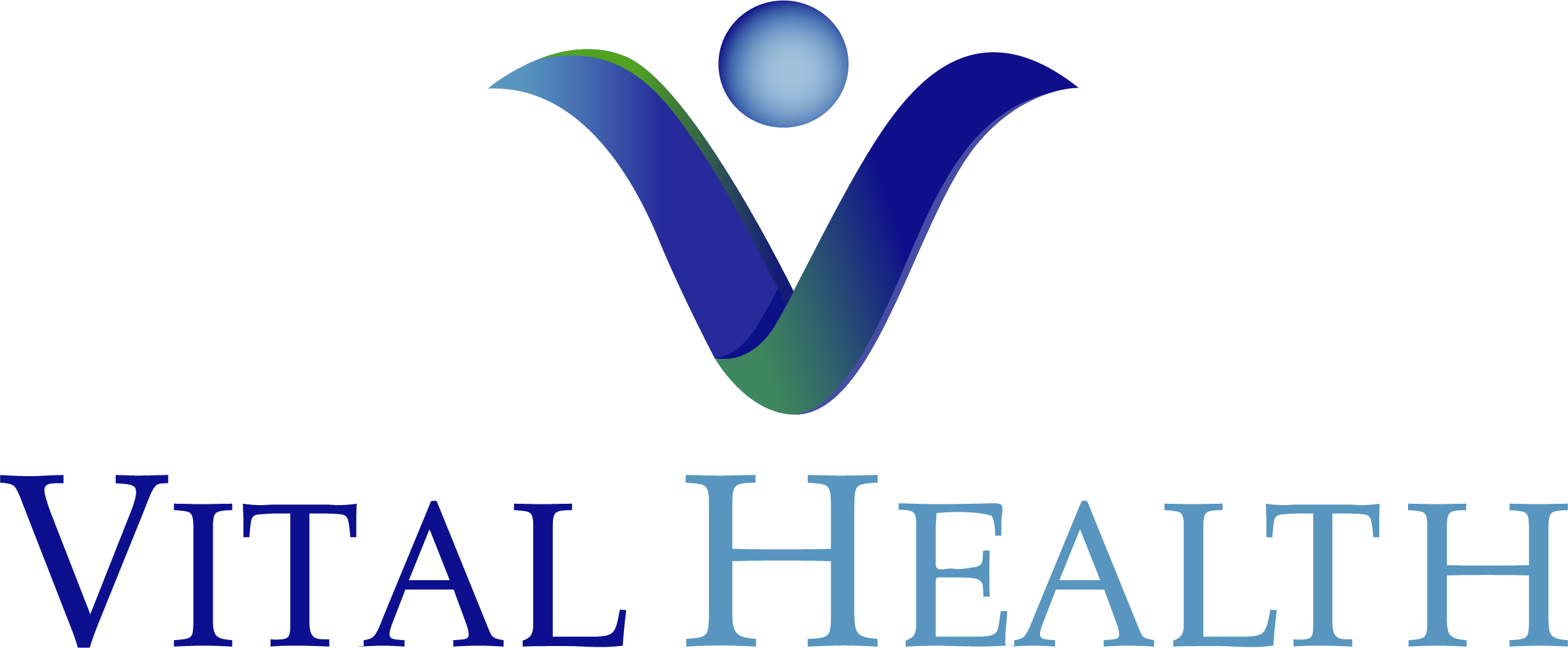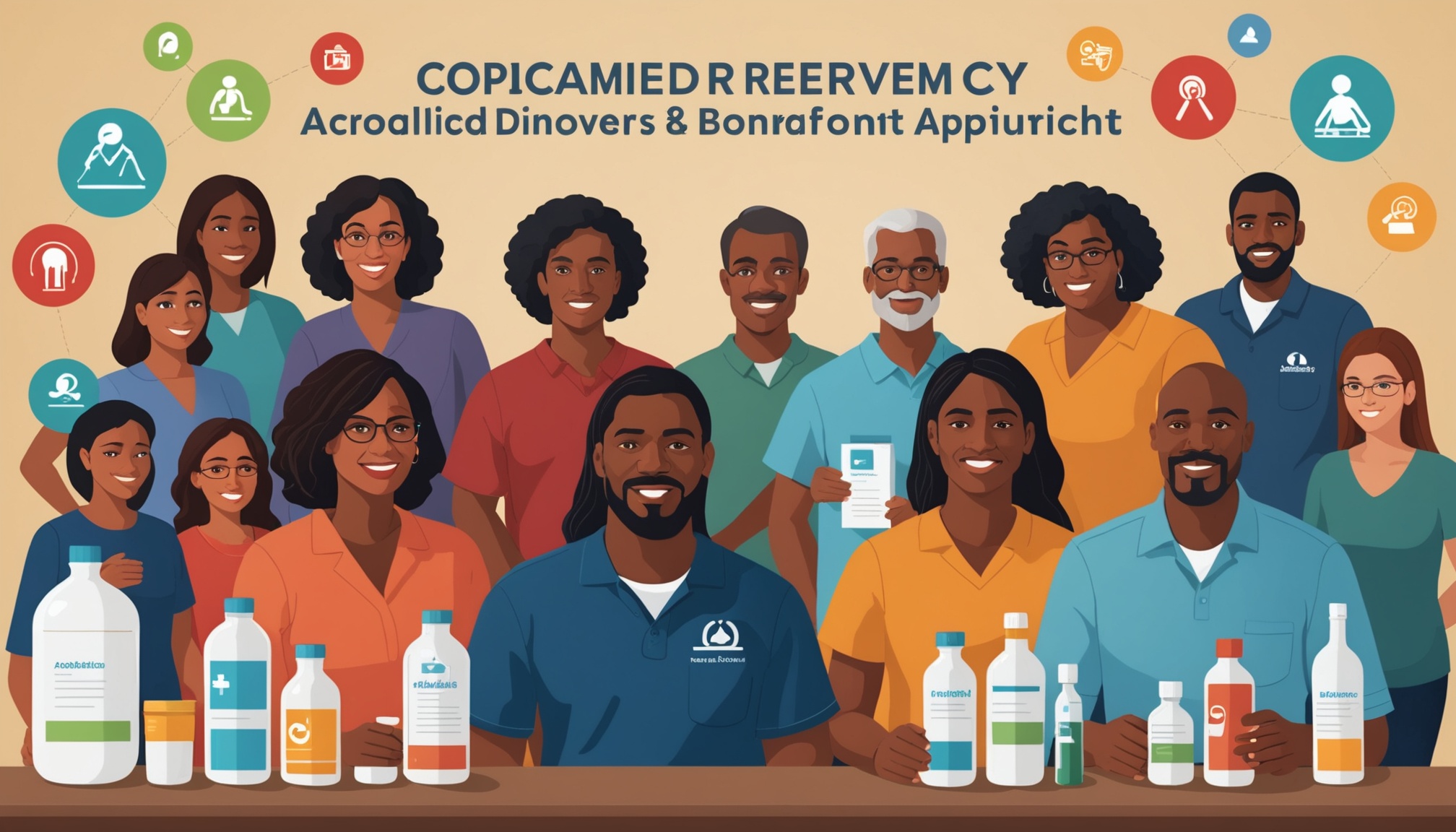
Understanding Dual Diagnosis
Definition and Prevalence
Dual diagnosis refers to the condition where an individual experiences both a mental disorder and a substance use disorder (SUD). This also goes by the term co-occurring disorders and is frequently found among teenagers, individuals with serious mental illness, and those with specific mental disorders (MedlinePlus). It is vital to understand that having a dual diagnosis is relatively common; many people struggle with both elements simultaneously.
The prevalence of dual diagnosis highlights the importance of seeking proper care that addresses both the mental health and substance use conditions. Without integrated treatment, it can be challenging to make progress in recovery, as each disorder can influence the other.
| Approximate Prevalence (%) | Population Group |
|---|---|
| 25% | Adults with Mental Health Disorders |
| 50% | Individuals with Substance Use Disorders |
| 70% | Individuals with Severe Mental Illness |
Factors Contributing to Co-Occurrence
Several factors contribute to the co-occurrence of mental health disorders and substance use disorders. Although one does not necessarily cause the other, researchers suggest three primary reasons for their frequent intersection:
-
Shared Risk Factors: Many individuals may have genetic, environmental, or social factors that increase their vulnerability to both mental health and substance use disorders.
-
Self-Medication: Some individuals may turn to substances as a way to cope with symptoms of their mental health disorder, leading to the development of a substance use disorder over time.
-
Bi-directional Influences: Mental disorders can influence an individual’s propensity to develop a substance use disorder and vice versa. Each disorder may exacerbate the symptoms of the other, creating a challenging cycle to break.
Understanding the intricacies of dual diagnosis is essential for finding suitable treatment and support. For those seeking care, exploring therapy programs that accept Medicaid can provide the necessary resources to address both facets of the condition effectively.
Integrated Treatment Approach
Addressing dual diagnosis effectively requires a comprehensive and integrative treatment approach. This means treating both the mental health condition and the substance use disorder simultaneously. Here, we explore the importance of concurrent treatment and the creation of personalized treatment plans tailored to individual needs.
Simultaneous Treatment of Dual Diagnosis
When treating dual diagnosis, it is generally more successful to tackle both conditions together rather than separately. This integrated model aligns with best practices in the field, providing a holistic approach to recovery. Studies show that simultaneous treatment can lead to improved outcomes, as understanding how each disorder interacts with the other is crucial for developing effective therapeutic strategies (American Addiction Centers).
| Treatment Aspect | Benefits |
|---|---|
| Concurrent Therapy | Enhances understanding of interaction between disorders |
| Combined Care | Facilitates a coordinated approach with the same healthcare provider(s) |
| Improved Outcomes | Leads to a higher likelihood of successful recovery |
Personalized Treatment Plan
Each individual struggling with dual diagnosis presents a unique set of challenges and circumstances. Therefore, a personalized treatment plan is essential to effectively address the complexities of dual disorders. Your treatment plan should consider various factors, including your age, the specific substances being misused, and the mental disorders involved (MedlinePlus, Cleveland Clinic).
A well-rounded treatment plan may incorporate various elements:
- Behavioral Therapy: Engaging in therapy focused on changing harmful behaviors and thought patterns.
- Medication Management: Using medications to manage symptoms associated with both conditions appropriately.
- Support Groups: Connecting with others facing similar challenges for peer support.
- Inpatient Care: Depending on the severity of the disorders, residential treatment may be warranted.
To find appropriate services that accept Medicaid for your dual diagnosis care, you can explore therapy programs that accept medicaid or consult with mental health professionals who take medicaid.
By embracing a personalized treatment approach while addressing both disorders concurrently, you can pave the path toward a healthier, more fulfilling life.
Medicaid Coverage for Dual Diagnosis
Overview of Medicaid Coverage
Medicaid plays a significant role in mental health care, covering approximately 70.5 million people in the United States as of June 2025. It serves eligible low-income adults, children, pregnant women, the elderly, and those with disabilities, with the program administered by states according to federal guidelines (Medicaid.gov). As the single largest payer for mental health services, Medicaid ensures that many individuals can access essential treatment for dual diagnosis conditions.
Medicaid outlines specific benefits, including coverage for various mental health services that may not be provided under other programs like Medicare. Generally, if you receive Medicaid, your covered medical expenses will not require payment upfront, aside from minor co-payments for certain services.
| Coverage Area | Description |
|---|---|
| Eligible Populations | Low-income adults, children, pregnant women, elderly adults, people with disabilities |
| Key Services | Mental health services, substance use disorder treatment, nursing home care, personal care services |
| Cost to Beneficiaries | Typically no upfront payment; small co-payments may be required |
Benefits for Mental Health Services
Medicaid is instrumental in enhancing access to mental health services, particularly for those with dual diagnosis. It supports a range of treatments, including therapy, counseling, and medication management. The Mental Health Parity and Addiction Equity Act (MHPAEA) further strengthens access to these critical services for those enrolled in Medicaid Managed Care Organizations and other benefit plans, aiming to ensure that mental health and substance use services are treated equally to other health benefits.
Medicaid not only covers therapy programs but also essential psychiatric evaluations, outpatient services, and ongoing follow-up care, making it a comprehensive option for individuals seeking help. If you are looking for specific programs, resources, and support for your dual diagnosis treatment that accepts Medicaid, take the time to explore options in your area, such as therapy programs that accept Medicaid or outpatient counseling that accepts Medicaid.
Overall, understanding your Medicaid coverage can significantly impact your journey to recovery from dual diagnosis, offering you the opportunity to access the care you need without financial strain.
Best Practices for Dual Diagnosis Treatment
In addressing dual diagnosis, it’s essential to adopt best practices that cater to both the mental health condition and the substance use disorder. This ensures comprehensive support and increases the likelihood of successful recovery. Two key elements of effective care are behavioral therapy and medication management.
Behavioral Therapy
Behavioral therapy plays a crucial role in dual diagnosis treatment. This type of therapy helps individuals understand their thoughts and behaviors, providing them with tools to manage their conditions more effectively. It is particularly helpful in addressing the emotions tied to both mental health and addiction issues.
Types of behavioral therapy commonly used in dual diagnosis treatment include:
- Cognitive Behavioral Therapy (CBT): This focuses on identifying and changing negative thought patterns and behaviors.
- Dialectical Behavior Therapy (DBT): Often used for individuals with borderline personality disorder, DBT can help manage emotions and improve relationships.
- Group Therapy: Engaging with peers who share similar experiences can foster support and reduce feelings of isolation.
The combination of these therapeutic methods allows for personalized care that addresses the unique circumstances of each individual. Research highlights that a comprehensive approach increases treatment effectiveness, particularly when delivered by the same healthcare provider(s) (Cleveland Clinic).
| Therapy Type | Key Focus |
|---|---|
| Cognitive Behavioral Therapy (CBT) | Changing negative thought patterns |
| Dialectical Behavior Therapy (DBT) | Managing emotions and improving relationships |
| Group Therapy | Peer support and sharing experiences |
Medication Management
Medication management is another crucial component of dual diagnosis treatment. Appropriate medications can help stabilize mood, reduce anxiety, and manage symptoms of substance withdrawal. It’s important to work closely with a healthcare provider to monitor effectiveness and make necessary adjustments.
Common types of medications used in dual diagnosis treatment include:
- Antidepressants: To help manage symptoms of depression and anxiety.
- Mood Stabilizers: To control mood swings and stabilize emotional states.
- Antipsychotics: Useful in treating severe mental health disorders.
Your healthcare provider will tailor the medication plan to your specific needs, taking into account any co-occurring disorders and the potential for substance interaction. Accurate medication management can lead to better treatment outcomes and a significant reduction in relapse rates (Cleveland Clinic).
| Medication Type | Purpose |
|---|---|
| Antidepressants | To manage depression and anxiety |
| Mood Stabilizers | To stabilize emotional states |
| Antipsychotics | To treat severe mental health disorders |
Effective dual diagnosis treatment that accepts Medicaid must include both behavioral therapy and medication management as complementary factors. These practices are essential for fostering long-term recovery and improving overall mental health. For more information about available resources, explore our section on mental health treatment that takes medicaid.
Positive Outcomes and Recovery
Success Rates of Combined Treatment
When seeking effective dual diagnosis treatment that accepts Medicaid, understanding the success rates of combined treatment programs is crucial. Research indicates that about 50% of individuals with co-occurring disorders respond favorably to integrated treatment approaches. Tailored support that addresses both the mental health condition and substance use disorder simultaneously leads to significant progress in recovery.
| Treatment Type | Success Rate |
|---|---|
| Combined Treatment | 50% |
| Standard Treatment Only | 30% |
It’s important to collaborate with healthcare providers who specialize in dual diagnosis. The integrated treatment model is recognized as the standard of care. This approach fosters improved outcomes by focusing on the needs of the individual and ensuring consistency in the treatment plan (American Addiction Centers).
Long-Term Recovery Support
Sustaining recovery typically involves ongoing support. After an effective initial treatment, engaging with healthcare professionals and support networks is vital for lasting success. Many individuals find that attending group therapy or support groups reinforces their progress and provides a sense of community.
- Continued Engagement: Working closely with healthcare providers post-treatment ensures that any emerging issues are addressed promptly.
- Support Groups: Participation in groups can enhance recovery efforts and help you connect with others who share similar experiences.
Numerous treatment facilities offer additional resources, including counseling sessions, workshops, and online support. These resources can be pivotal in maintaining a positive trajectory towards recovery. For more information on available services, consider exploring programs like outpatient therapy covered by Medicaid or specialized mental health treatment that takes Medicaid.
With the right support and effective combined treatment approaches, individuals with dual diagnosis can achieve substantial recovery outcomes.
Resources and Support Options
Finding the right resources and support for dual diagnosis treatment that accepts Medicaid can make a significant difference in your recovery journey. Below are two key types of facilities where you can receive the care you need.
Psychiatric Residential Treatment Facilities
Psychiatric Residential Treatment Facilities (PRTF) provide specialized residential services for individuals under 21. These facilities focus on comprehensive mental health treatment and offer an average length of stay of about 6 months. Residents typically participate in structured therapeutic activities aimed at addressing both behavioral and mental health issues. Prior authorization is required for access to these facilities, which ensures that the treatment plan fits your specific needs.
| Facility Type | Age Group | Length of Stay | Prior Authorization Required |
|---|---|---|---|
| PRTF | Under 21 | Average 6 months | Yes |
For more information on the services offered, consider reviewing therapy programs that accept Medicaid.
Community Mental Health Centers
Community Mental Health Centers provide accessible mental health services for both children and adults. These centers focus on offering individualized care and treatment based on the unique needs of each patient. Services may include counseling, therapy, and support for individuals facing dual diagnosis.
Private Mental Health Centers also exist, providing similar services with possibly shorter wait times and more flexibility. Both types of facilities collaborate closely with Medicaid, allowing you to receive care without the burden of significant out-of-pocket expenses.
| Facility Type | Services Offered | Age Group | Medicaid Accepted |
|---|---|---|---|
| Community Mental Health Centers | Counseling, Therapy | All ages | Yes |
| Private Mental Health Centers | Individualized Treatment | All ages | Yes |
For additional details on the types of therapy available, you can explore mental health treatment that takes Medicaid.
Whether you choose a PRTF or a community center, both options are instrumental in achieving a stable and fulfilling recovery from dual diagnosis.







